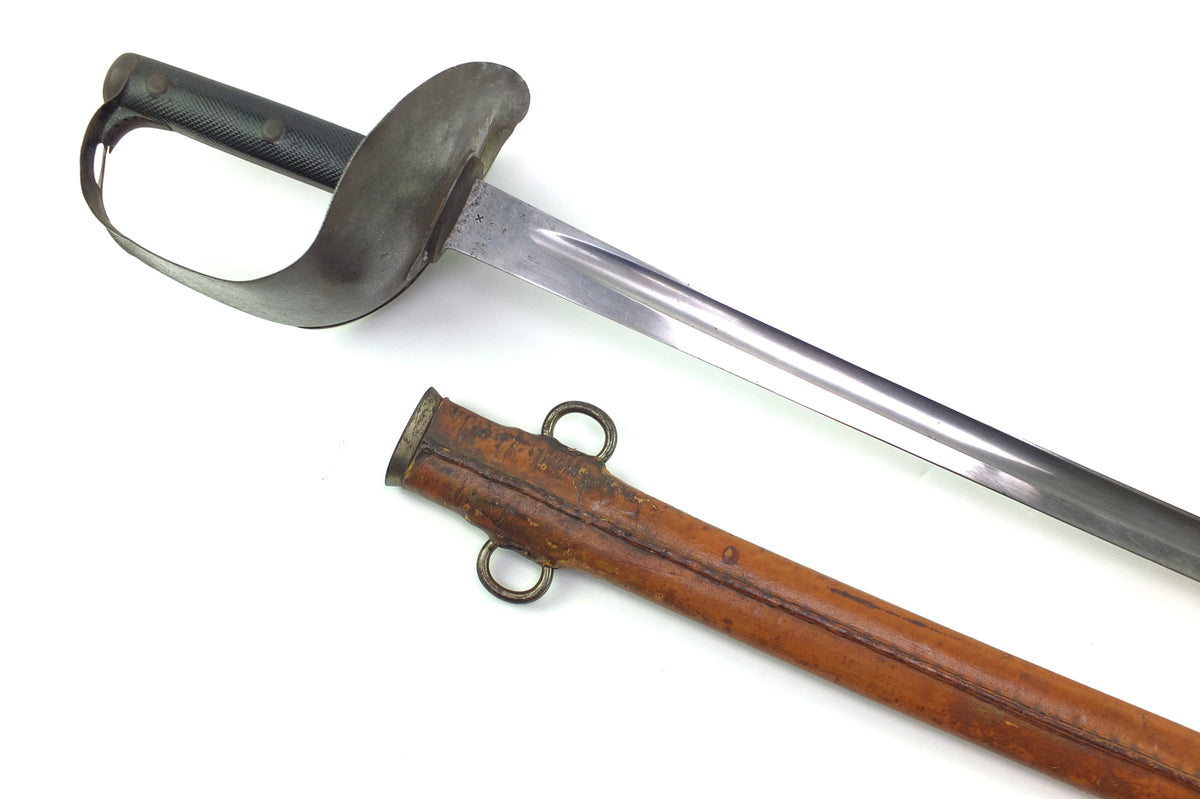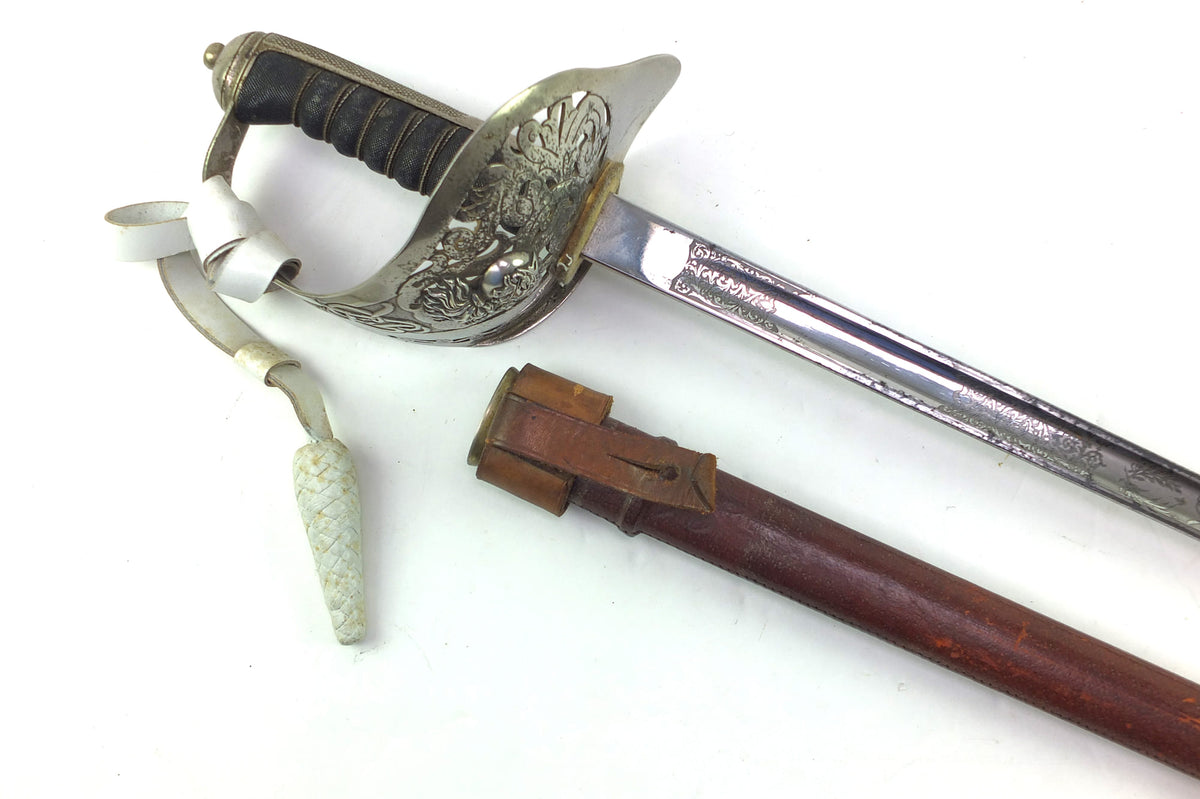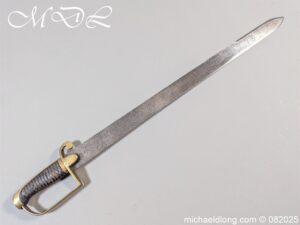For Sale
The following items are listed by for sale by users of the site and dealers. They are in no way endorsed or guaranteed by www.oldswords.com
Add a Classified ItemYou can also receive regular email notifcations when items match your keywords. To recieve them just register or logon at the top right of this page.
- Nation : British
- Local Price : £850.00
- Nation : British
- Local Price : £850.00
- Nation : Japanese
- Local Price : £850.00
- Nation : British
- Local Price : £850.00
- Nation : British
- Local Price : £850.00
- Nation : British
- Local Price : £850.00
- Nation : British
- Local Price : £850.00
- Nation : British
- Local Price : £850.00
- Nation : French
- Local Price : £850.00
- Nation : French
- Local Price : £850.00
- Nation : British
- Local Price : £850.00
- Nation : Japanese
- Local Price : £845.00
- Nation : British
- Local Price : £845.00
- Nation : American
- Local Price : 1,150.00 USD
- Nation : British
- Local Price : 1,150.00 USD
- Nation : British
- Local Price : £825.00
- Nation : British
- Local Price : £825.00
- Nation : British
- Local Price : $799.00
- Nation : British
- Local Price : £795.00
- Nation : British
- Local Price : £795.00
- Nation : British
- Local Price : £795.00
- Nation : British
- Local Price : £795.00
- Nation : British
- Local Price : £795.00
- Nation : British
- Local Price : £795.00
- Nation : British
- Local Price : £795.00
- Nation : British
- Local Price : £795.00
- Nation : British
- Local Price : £795.00
- Nation : British
- Local Price : £795.00
- Nation : British
- Local Price : £795.00












 1.jpg)



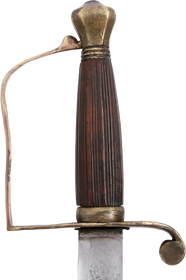
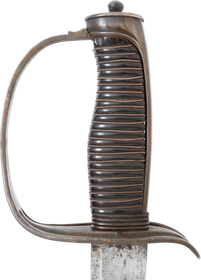
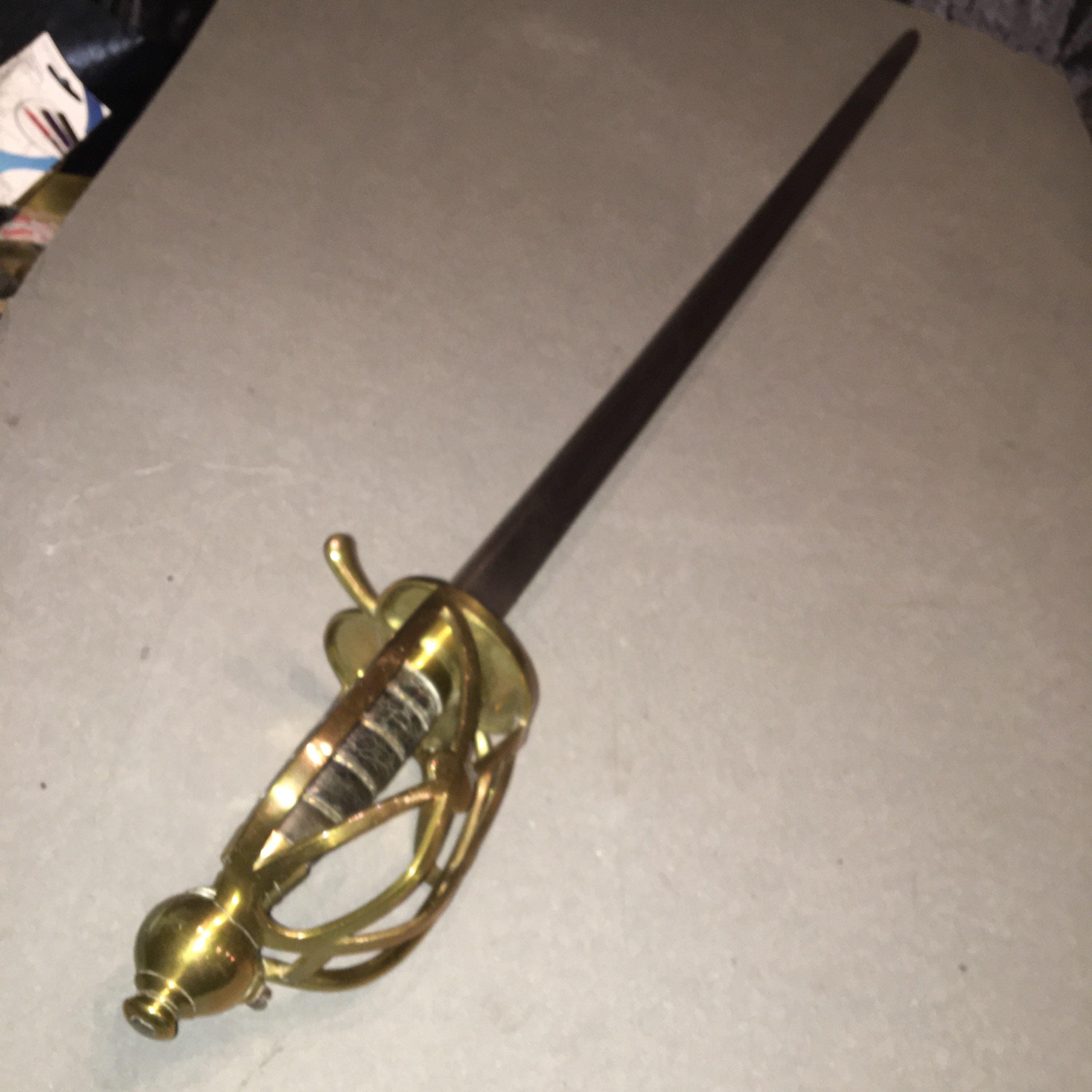




.jpg)



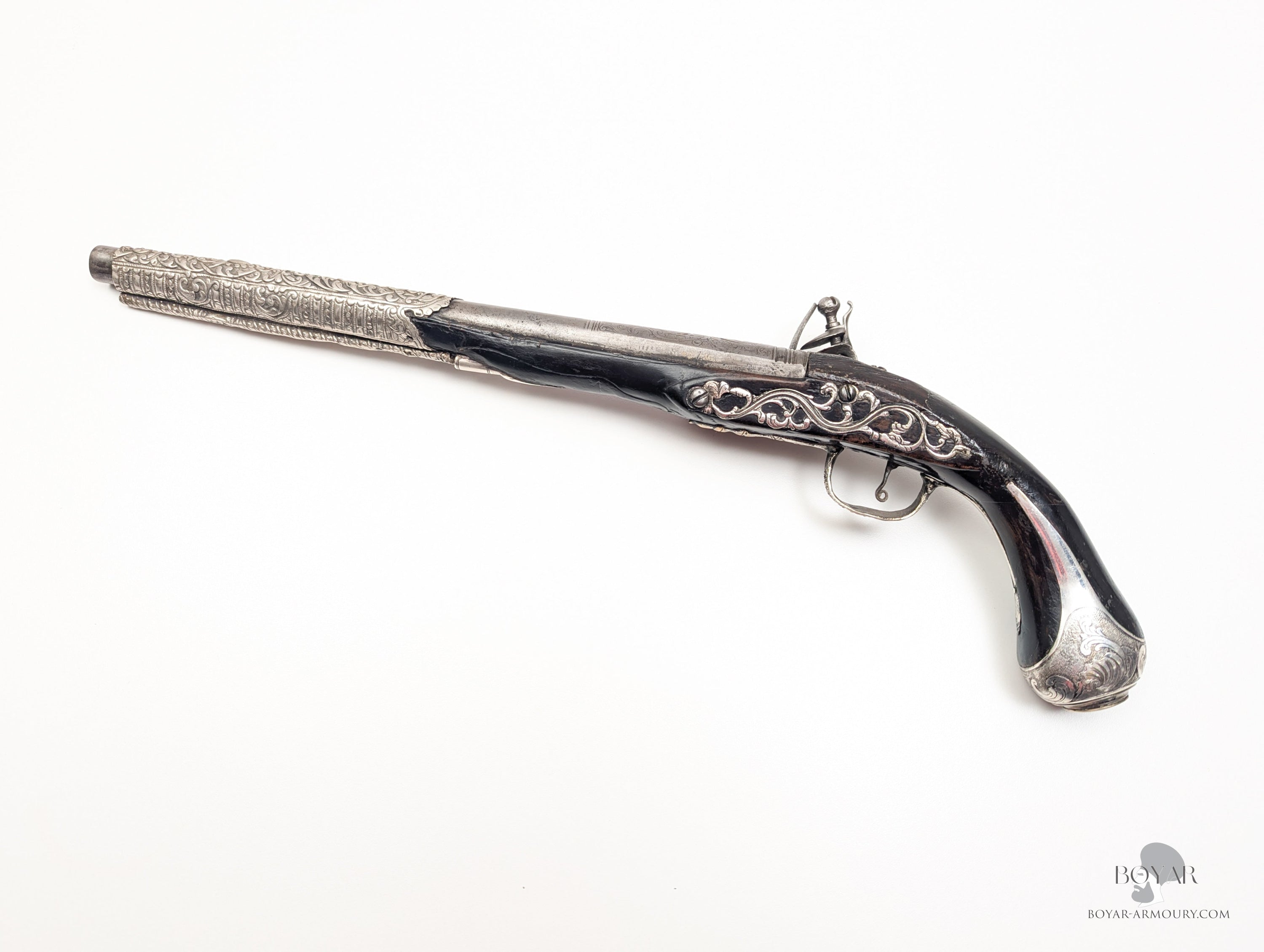

.jpg)

